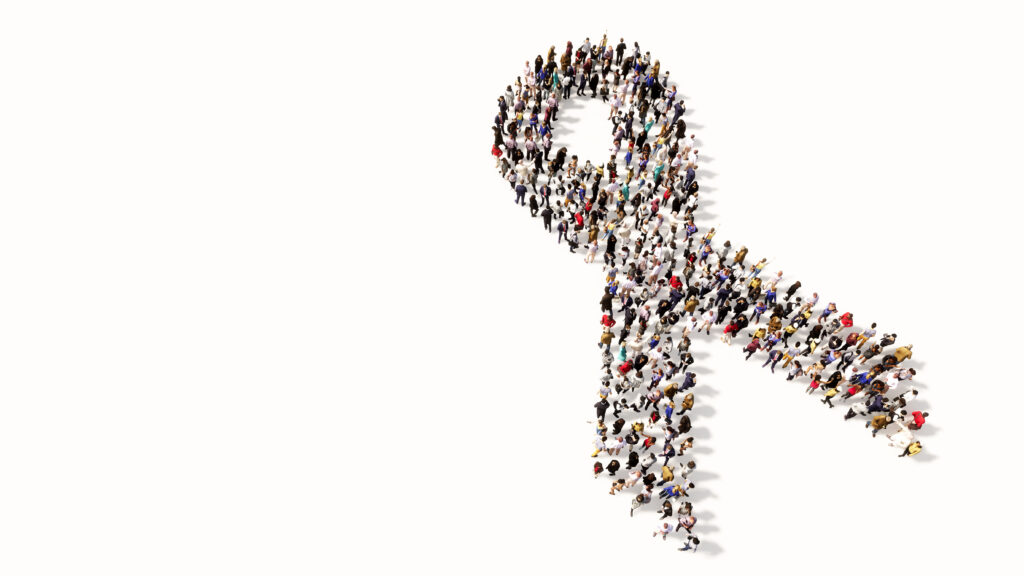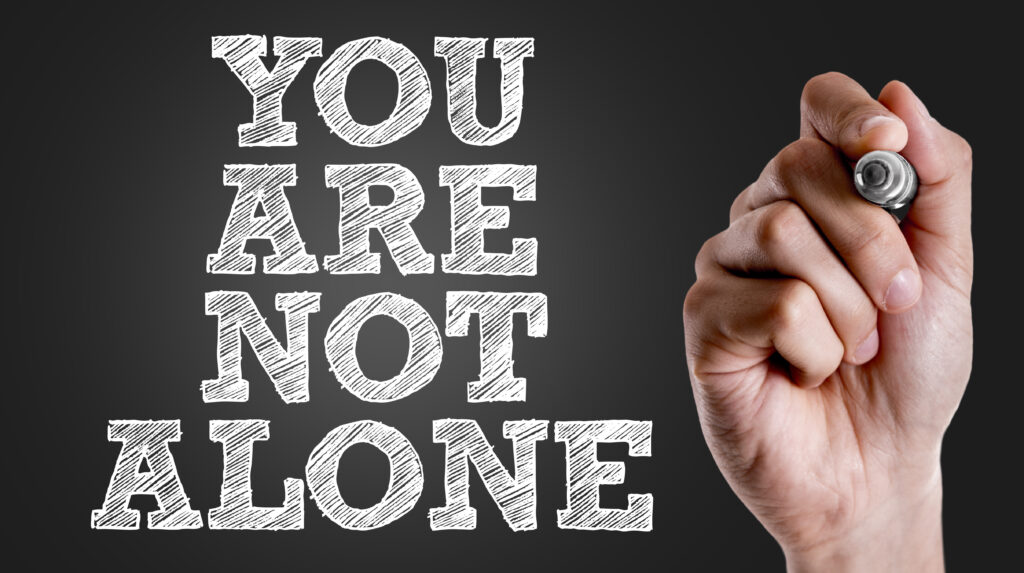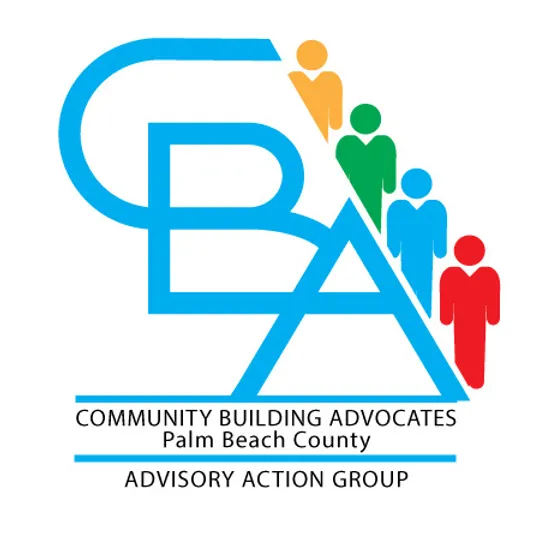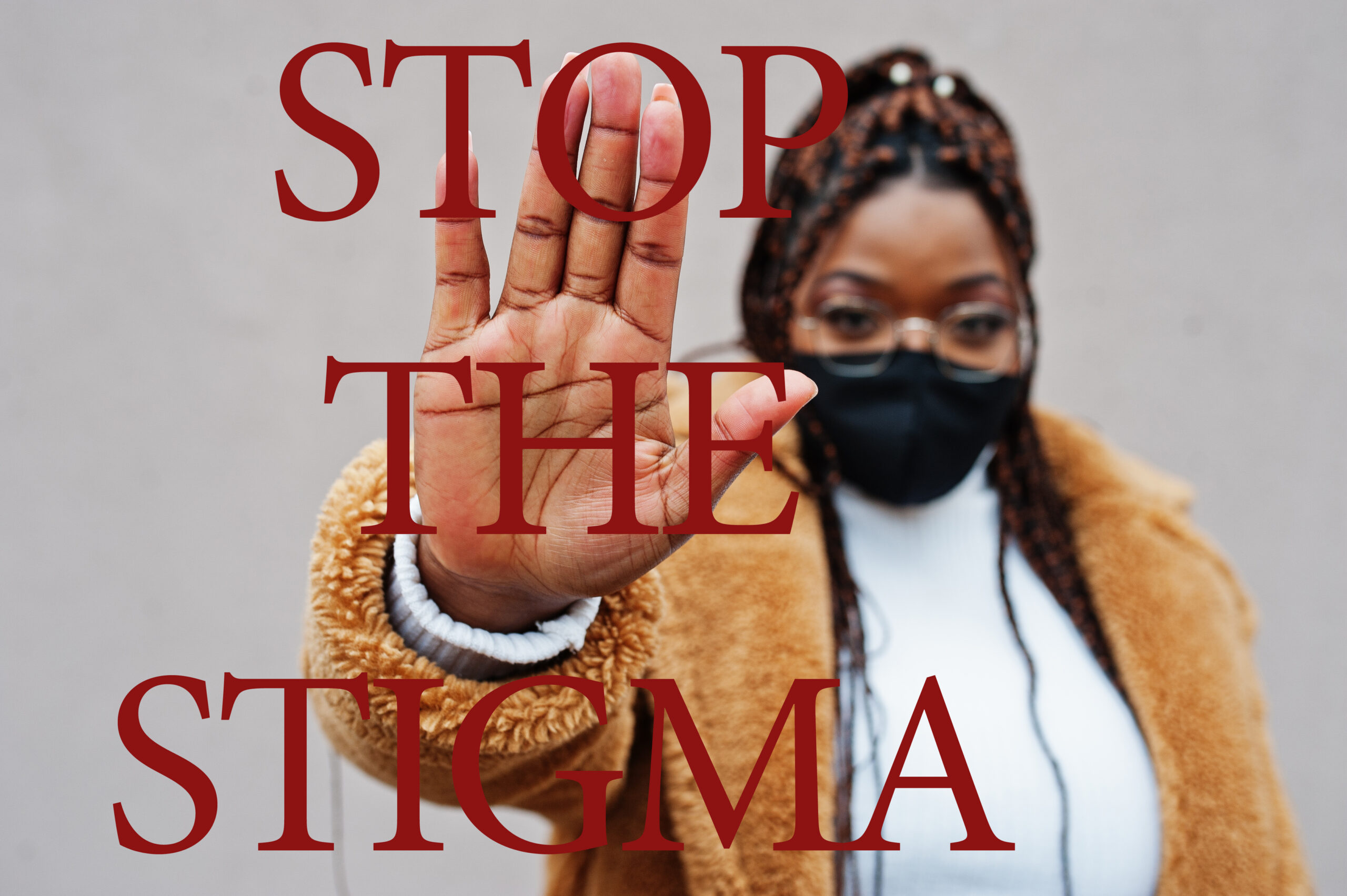Some Stats About HIV
38 Millions
Worldwide living with HIV
1.2 Million +
In the United States affected by HIV
8,000+
In Palm Beach County as of 2020

Community Building Advocates (CBA), address the issues of access to quality healthcare through empowering people who are affected by HIV and living with it, to learn to advocate for themselves. They work to influence the decisions of providers, funding agencies, researchers, community partners and policy makers, on the local, state, and federal level. Because many find themselves underrepresented in the decision-making institutions, of boards of directors, it is reminiscent of the earliest days of the virus. Yet they have the knowledge, experience, and wisdom to make a meaningful contribution to the discussions and programs affecting their lives. This requires long-term survivors to speak up and demand a seat at the table. Not just an advisory board for show, but meaningful inclusion about matters related to their lives.

“With courage and compassion, we survived the darkest days of the plague. Without access to effective treatments, we were forced to rely on each other and ourselves. As individuals and community, we exhibited strength we didn’t know we had. Now let’s all come together again to face the challenges of midlife and aging to envision our future.”
Tez Anderson – an award-winning, nationally recognized HIV Long-Term Survivor activist, writer, and speaker who focuses on HIV Long-Term Survivors Aging with HIV. Tez has been living with HIV since 1983.
How we can Help
Advocacy
Engagement
Navigation
Wellness
- HIV Stats
- Prevalence: In the United States, an estimated 1.2 million people aged 13 and older were living with HIV at the end of 2018.
- New Infections: In 2019, there were approximately 37,968 new HIV diagnoses in the United States. The number of new infections has shown a decline over the years.
- Transmission Routes: The primary transmission routes for HIV in the U.S. are sexual contact (both heterosexual and homosexual) and sharing needles or syringes among people who inject drugs.
- Demographics: Certain populations are disproportionately affected by HIV. Gay, bisexual, and other men who have sex with men (MSM) account for a significant number of new infections. African Americans and Hispanic/Latino individuals are also disproportionately affected.
- Awareness and Testing: Despite progress in HIV awareness, a substantial number of individuals remain undiagnosed or unaware of their HIV-positive status. Regular HIV testing is essential to identify infections and provide early access to treatment.
- Treatment and Care: Antiretroviral therapy (ART) has greatly improved the prognosis for individuals living with HIV. It helps control the virus, prevent transmission, and prolong life expectancy. However, access to treatment and care can vary among different communities.
- Disparities: HIV disparities exist based on race, ethnicity, gender, age, geographic location, and socioeconomic factors. Efforts are being made to address these disparities and ensure equitable access to prevention, testing, and treatment services.

